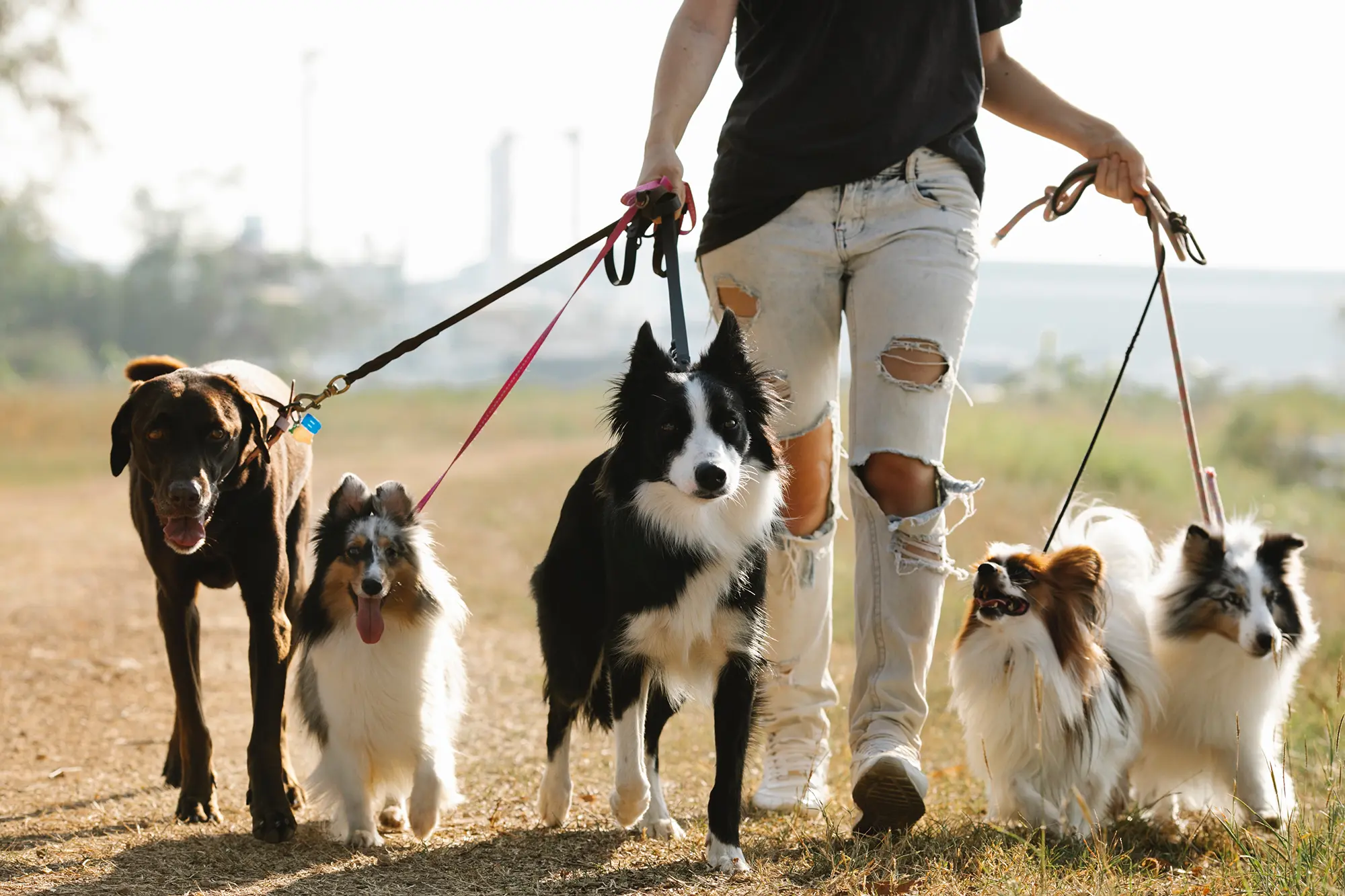dog psychology: understanding how your dog thinks
Author: PawPots Team
 23 Sep 2025
23 Sep 2025
 3 min
3 min Dogs are more than just pets—they’re family. To truly connect with them, it helps to understand dog psychology: how they think, feel, and respond to the world. By learning the basics of canine behavior, you can improve training, reduce stress, and build a happier relationship with your pup.
Why Dog Psychology Matters
Every bark, wag, and tilt of the head means something. Knowing the psychology behind these actions can:
Strengthen trust and communication.
Prevent unwanted behaviors before they become habits.
Make training easier and more effective.
Help your dog feel secure and understood.
When you view life from your dog’s perspective, everything changes—you’re no longer just giving commands, you’re speaking their language.
Reading Your Dog’s Body Language
Dogs don’t use words, but their bodies say a lot. Here are some key signs:
Tail wagging: Often happiness, but speed and height matter. A slow wag may mean caution.
Ears back: Nervousness or submission.
Relaxed body: Comfort and trust.
Raised hackles (hair on the back): Alertness or possible fear.
By watching these signals, you’ll know when your dog is playful, stressed, or needs space.
The Canine Mindset: Pack and Routine
Dogs are naturally social animals. They thrive in groups—what we call “packs.” In your home, you are part of that pack. This is why dogs look to you for leadership, comfort, and safety.
They also love routine. Eating, walking, and sleeping around the same time each day makes them feel secure. A disrupted schedule can sometimes cause anxiety or misbehavior.
Common Dog Behaviors Explained
Here are a few everyday actions and what they might mean:
Chewing: Puppies chew to explore; adults may chew out of boredom or stress.
Digging: An instinct from their wild ancestors to hide food or create a safe spot.
Barking: Communication! It can signal excitement, warning, or loneliness.
Jumping on people: Usually a greeting, but also a way to seek attention.
Understanding the “why” helps you address behaviors kindly instead of with frustration.
How to Improve Your Dog’s Behavior with Psychology
Positive reinforcement: Reward good behavior with treats, praise, or play. Dogs learn faster when they associate actions with rewards.
Clear boundaries: Be consistent. Mixed signals confuse your dog.
Mental stimulation: Training, puzzle toys, and new walks keep their brains sharp.
Socialization: Exposure to people, dogs, and environments builds confidence.
Remember: dogs don’t misbehave out of spite. They respond to instincts, emotions, or unmet needs.
Building a Stronger Bond
At the heart of dog psychology is one thing: connection. Dogs are loyal, emotional, and sensitive. Spending quality time, showing patience, and respecting their signals deepens your bond.
When you understand how your dog thinks, training becomes smoother, communication improves, and your furry friend feels truly loved.
Conclusion
Dog psychology is not complicated—it’s about empathy, observation, and patience. By learning to “speak dog,” you’ll not only solve problems more easily but also enjoy a richer relationship with your companion.
Why Humans Need Dogs

Give Back The Love
Show your love to your pets with our high-quality, delicious and healthy meals! Show your love to your pets with our high-
quality, delicious and
healthy meals!






